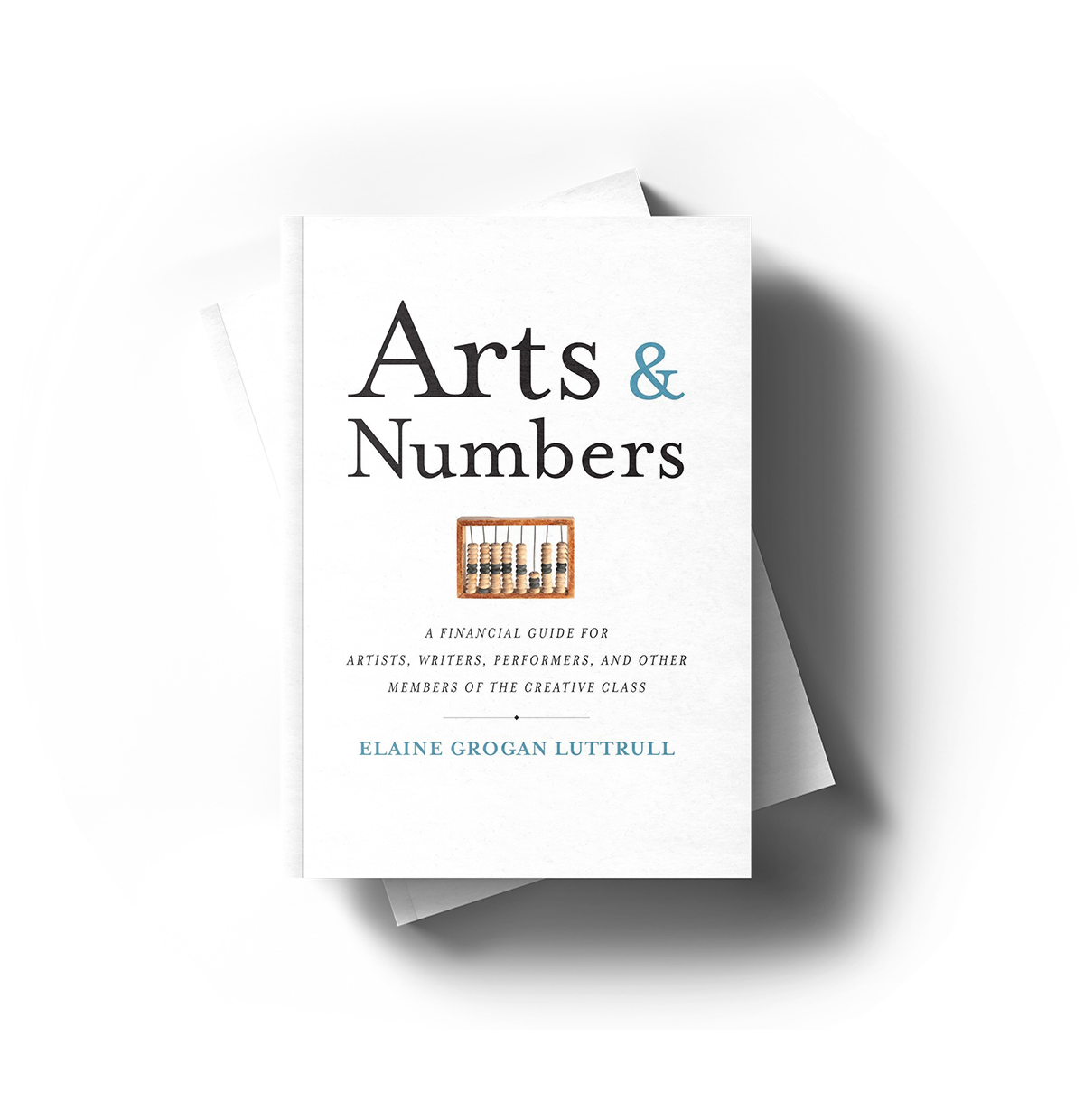February 9, 2015 • Minerva News
 “If I could say it in words there would be no reason to paint,” Edward Hopper said, describing his own reasons for being an artist.
“If I could say it in words there would be no reason to paint,” Edward Hopper said, describing his own reasons for being an artist.
But what is it to be an artist? Or an “artist”? Or an ARTist? This word, outwardly simple — six letters, two syllables — can in fact be quite complex. Certainly we all are comfortable utilizing this word in our daily vocabularies, yet have we ever delved deeper into its meaning? What does it actually mean to be an artist today? What did it mean long ago? And on a more introspective note, what kind of artist are you?
But before we get too reflective, let’s look at the evolution of “artists” throughout history. (With reference to “The Death of the Artist–and the Birth of the Creative Entrepreneur” in The Atlantic, January/February 2015.)
First There Were ARTISANS
The word “art” derives from the root meaning to “join.” Thus early on in history, members of a society that “fit material together” to create essential objects were called artisans. These members were responsible for crafting purposeful yet beautiful objects of pottery, utensils and apparel. Typically they worked under a master craftsmen and as a result their art was expected to obtain specific results. These artists were reactive as they produced art that pleased their patrons in response to those around them.
Next There Were REBELS
Naturally, a bit of rebellion followed such conformity. (Wouldn’t you have rebelled too?) Artists began shedding society’s expectations and the guise of predictability. Gone was the reverence to the masses, and out came a zeal for surprise. These rebellious artists, such as Pablo Picasso and Henri de Toulouse-Lautrec, painted only for painting’s sake, not in response to the market or those around them. Vincent Van Gogh, a champion of individuality, summarized the sentiment: “I am seeking. I am striving. I am in it with all my heart.” Not for anyone else, he may have added, perhaps with a gesture. These artists were considerably more proactive than their reactive predecessors.
Throughout There Were CULTURAL GENIUSES
In the mist of all existed the cultural genius. These brilliant artists created art that represented a deeper, cognitive meaning. Their art was inspirational, visionary, and intuitive. It was more than simply a union. It was more than proactive. From the provocative urinal works of Marcel Duchamp to the patriotic flag paintings of Jasper Johns, these artists were intuitive and conveyed social truths. Without them, we would lose nearly all of our societal introspection.
Now We Have CREATIVE ENTREPRENEURS
Undeniably, artists are becoming more entrepreneurial today in this “creator-to customer” market. Through the flattening of the world and the power of the click, artists create their own websites, fund projects directly through crowdfunding platforms, and sell their creations on a variety of platforms. Because of this shift, artists have found themselves in new business-like territory. They are asked to be champion marketers, exceptional managers, passable attorneys, and even accountants. But through it all, the art dominates. These extra tools (entrepreneurship, professionalism, business savvy) merely complement it.
Where Do YOU Fit?
We’ve had the collaborative, respectful artisans; the contrary rebels; brilliant cultural geniuses; and finally creative entrepreneurs. But where does that leave you? Must you choose just one?
Nope.
(Thank goodness.)
I suspect we all have a bit of collaborative spirit, a bit of brewing rebellion, and a bit of brilliance to share. And thankfully, we have more ways than ever to build our business and financial literacy and integrate it into our studios, our design firms, our recording sessions, and our general dithering. We know our strengths. We know our weaknesses. We know where artists have found places historically.
And most importantly we know our art.
The rest is just gravy.
Reference: “The Death of the Artist – and the Birth of the Creative Entrepreneur,” by William Deresiewicz. Visit The Atlantic for more information.


